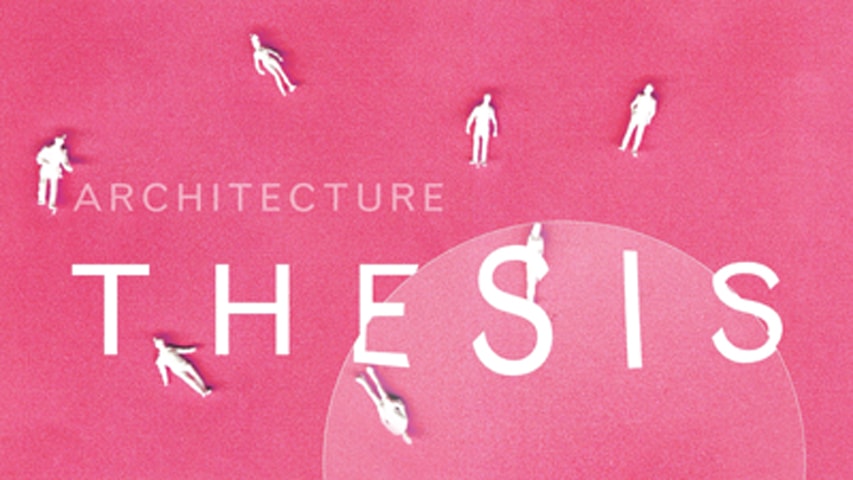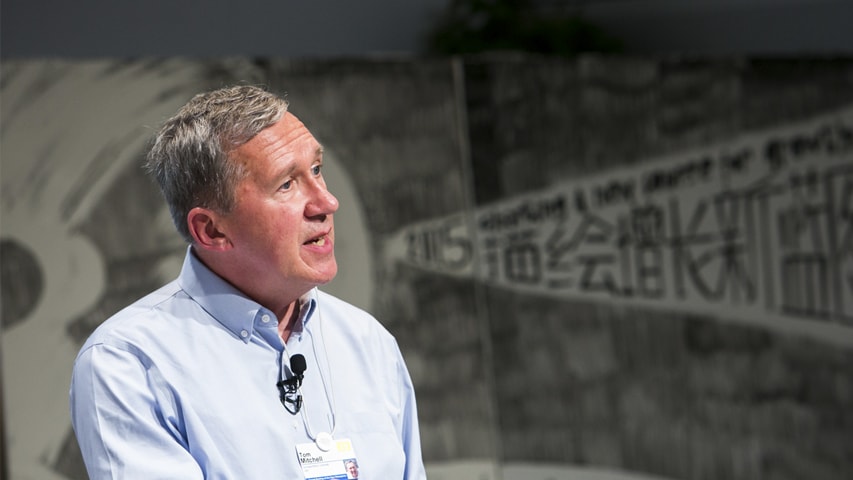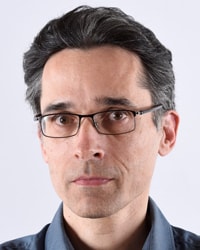![Kobe port]()
By Jessica Corry / 412-268-4829 / jcorry@andrew.cmu.edu
Carnegie Mellon University has renewed an agreement with the University of Hyogo (UH) to continue an information security dual-degree program in Kobe, Japan.
In 2005, Carnegie Mellon partnered with the Hyogo Prefectural government to create the Kobe Master of Science in Information Technology – Information Security (MSIT-IS). The educational collaboration reached its 10-year mark in 2015, making it the Information Networking Institute's (INI) longest operating international program and one of CMU’s earliest ventures into global cybersecurity education.
"The continuation of this partnership is vital to meeting the demands of our global society and addressing the critical issue of information security,” said INI Director Dena Haritos Tsamitis. "Through exposure to the diverse information security cultures of Asia and the United States, our international students are equipped to tackle the industry and societal challenges of today's world."
The program blends information security technology with management and policy, and features core courses ranging from "Networking Security" to "Information Security Risk Analysis." Since 2005, the program has graduated 67 students from countries around the globe.
With its recent renewal, the program will continue for five years with three cohorts of students. Building upon the initial focus in 2005, that of education and research closely intertwined, the renewed partnership will feature a research collaboration between UH and Carnegie Mellon CyLab.
"Cybersecurity is an international issue," said CyLab Director David Brumley. "We absolutely need international partnerships to address this global issue."
Kobe: A Beacon of Information Security
Indeed, the creation of this partnership in 2005 had a historical imperative. After the Great Hanshin Earthquake in 1995 killed more than 6,500 people and caused over $100 billion in damage, Hyogo Prefecture Governor Toshizo Ido was determined to better secure the region’s information infrastructure.
By creating a unique educational collaboration with Carnegie Mellon that engages students across the globe, Ido sought to build an educated workforce with specialized training and transform Kobe into a beacon of information security.
In recent years, Japan has made improving cybersecurity practices a top national priority.
"Recently in Japan, there have been large waves of financial frauds and advanced persistent threats (APT), and thus, there is a growing demand for security specialists," said Kenta Okumoto, a current student from Japan. His company, the Japan Post Bank Co., Ltd., is sponsoring his enrollment in the program, so that he may gain advanced skills in information security that will enhance his role as a software engineer.
"Alumni are active in Japan, U.S., Europe and other Asian countries. Because of their remarkable performance, the program is attracting attention from enterprises and governmental organizations in Japan that need to hire information security experts," said UH President Masayoshi Kiyohara.
"Because the current threat of cyber crimes is significantly more serious than the past, the demand for information security experts will drastically increase in the very near future. In this regard, we believe that the continuation of the program will be a great contribution to our society," Kiyohara said.
Value of Cross-Cultural Connection
Although thousands of miles and a time difference of 13 hours separate students learning in Kobe and Pittsburgh, state-of-the-art videoconferencing technology shrinks the distance. Students also spend time in Japan and the United States. They begin their studies in April at UH, coinciding with the start of the Japanese academic year, and transfer to Pittsburgh the following January to complete the program.
Exposure to the diverse security cultures of Japan and the United States is a primary reason current student Min Sok Hwang chose the program.
"This program offers a superb chance to meet with top professors, alumni and students from all over the world at the two locations," Hwang said. "Pittsburgh and Kobe are both excellent places to study and live in."
This cross-cultural connection has redefined the CMU experience, highlighting the truly global nature of the challenges INI students will face as information security professionals.
Program adviser Nicolas Christin agreed, stating that the program affords its students and faculty opportunities to engage in interdisciplinary and intercultural work.
"In a field like information security, where human factors play a crucial role, such opportunities greatly help us enhance our research and teaching," he said.
Diverse Career Opportunities
Abhishek Garai, originally from Mumbai, India, believes the dual-degree program has added notable value to his career.
"During all my job interviews, my dual-degree experience in Japan was of foremost importance for the interviewers and always provided me an edge compared to the other candidates," Garai said.
Garai took advantage of networking opportunities during his time in Japan and obtained an internship with Rakuten Security in Tokyo through alumni connections.
"This program opens up another region of the globe for you to work in the future, which I feel is a great opportunity to grow," Garai said. "It not only improves you from the professional perspective but also adds value to your personal development, which can only be achieved through varied experiences."
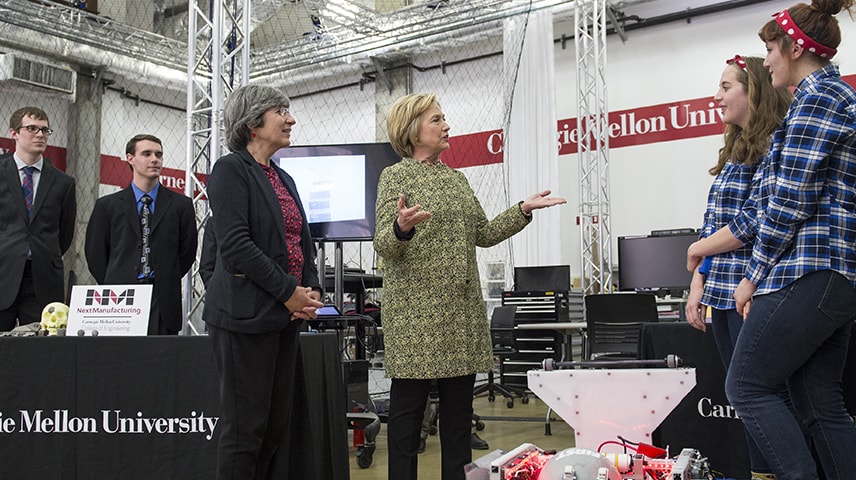

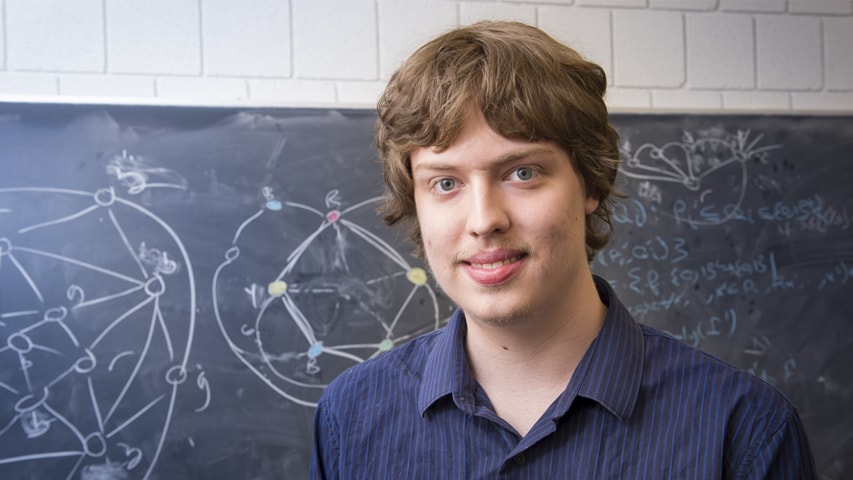
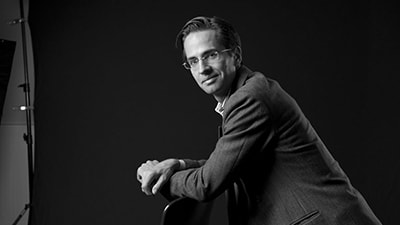
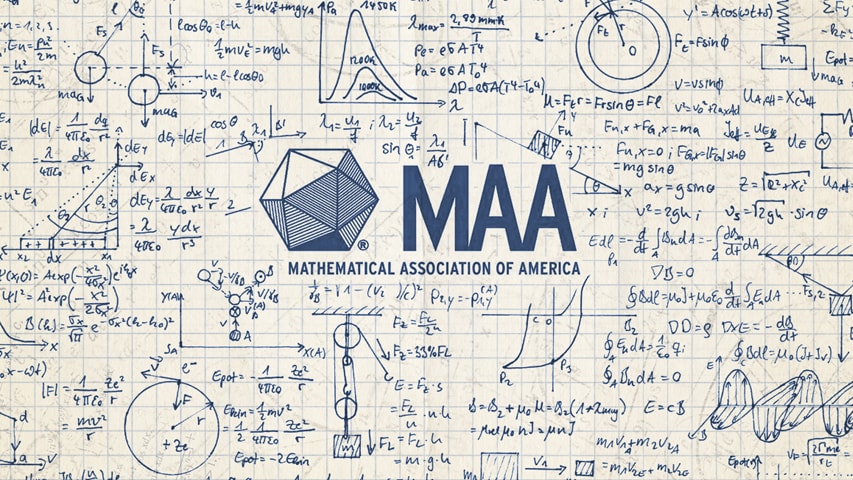
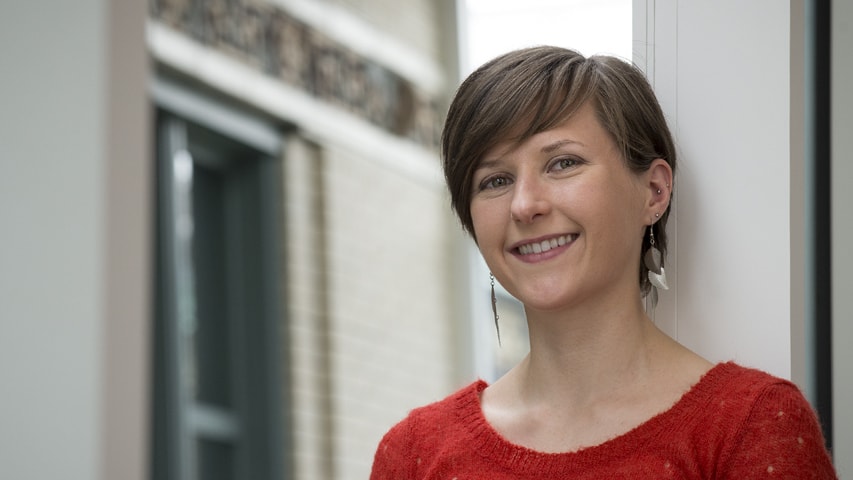
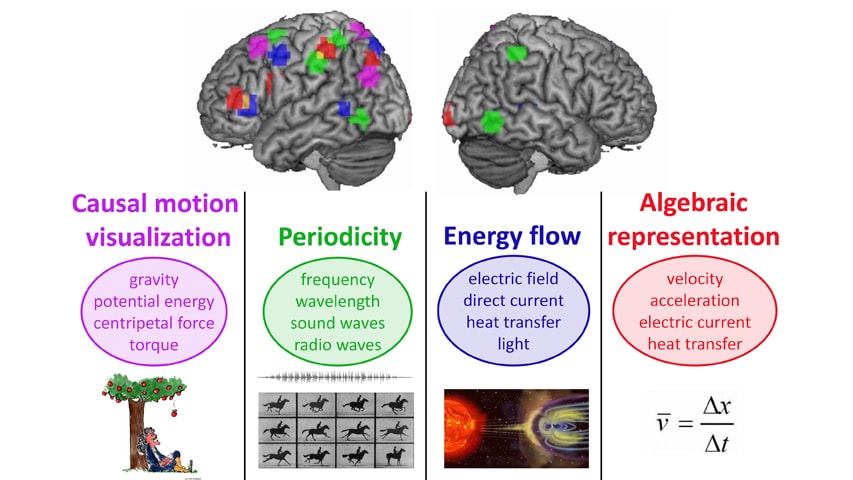
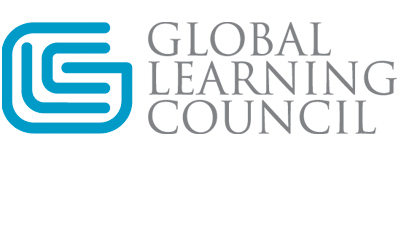
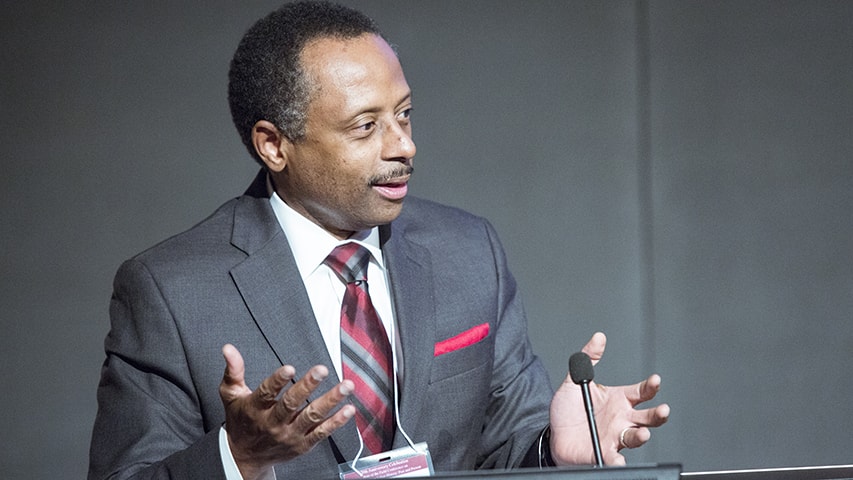
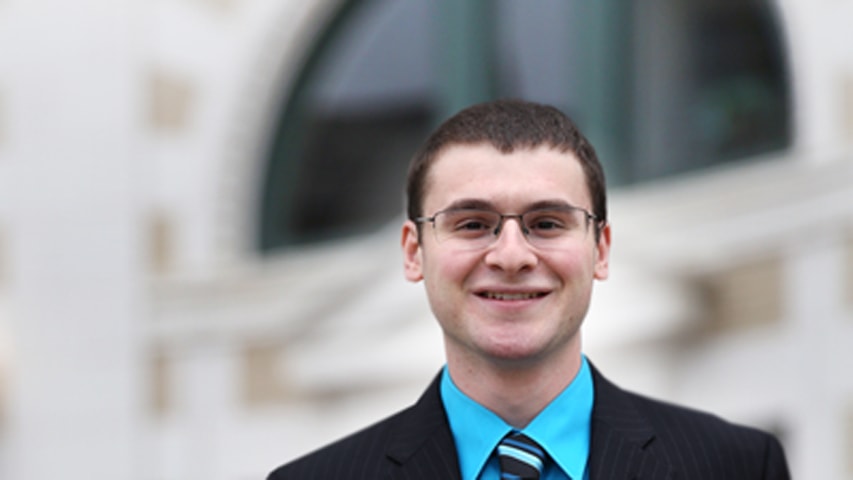
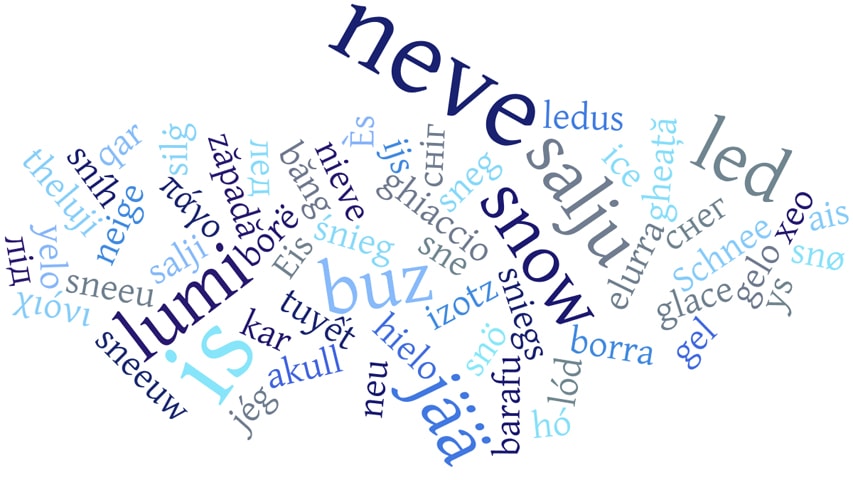
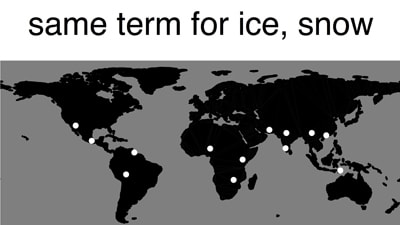
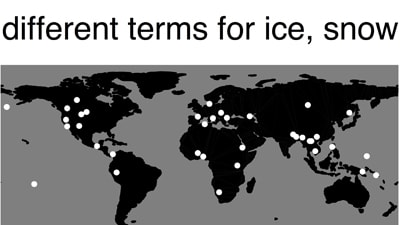
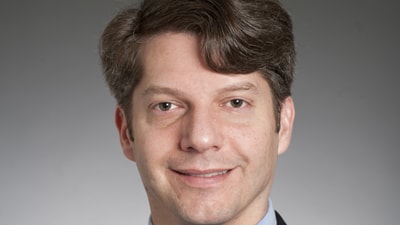
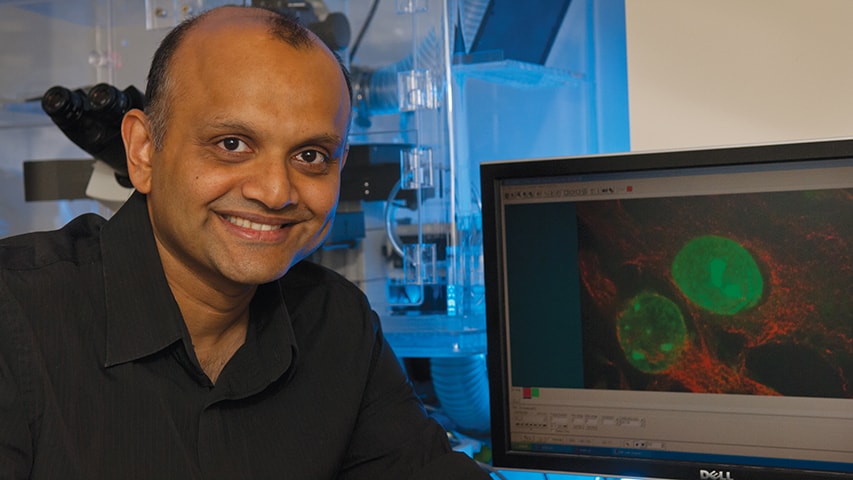
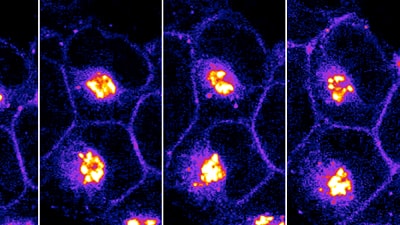


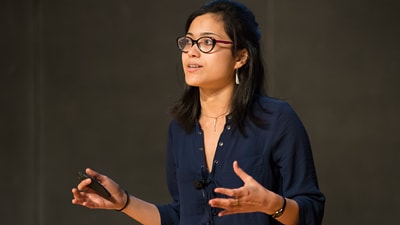 On April 5, 10 doctoral candidates at Carnegie Mellon University talked about their meaningful, even life-changing, research. They were not defending their research but rather showcasing their communication skills in a 3MT competition that rewards researchers who can give the clearest, most compelling explanations of their work.
On April 5, 10 doctoral candidates at Carnegie Mellon University talked about their meaningful, even life-changing, research. They were not defending their research but rather showcasing their communication skills in a 3MT competition that rewards researchers who can give the clearest, most compelling explanations of their work.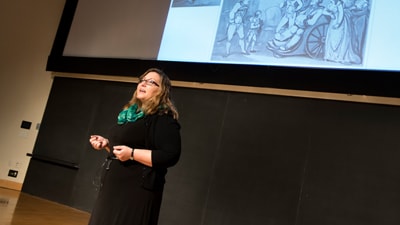 A second place tie went to Shinjini Kundu in
A second place tie went to Shinjini Kundu in 